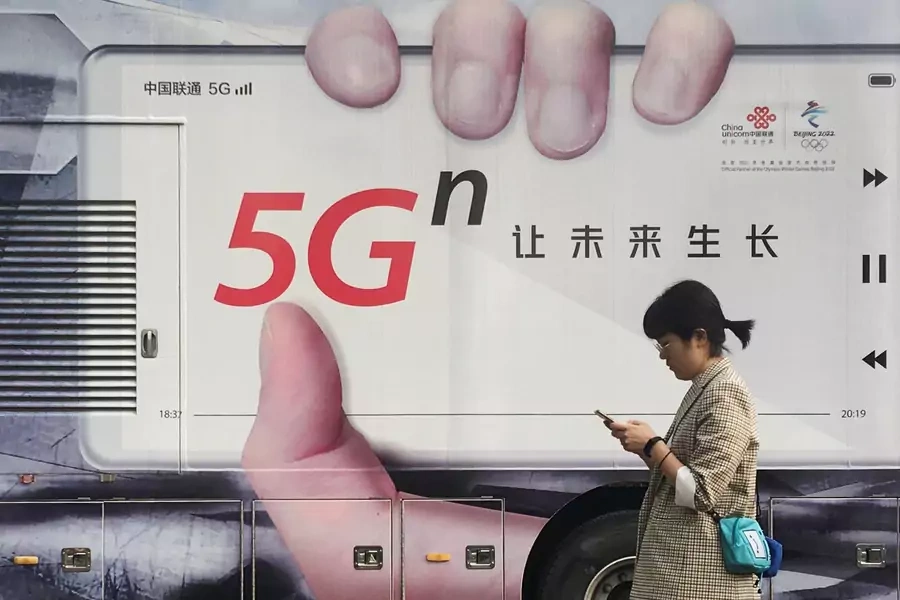China Is Moving Quickly on 5G, but the United States Is Not Out of the Game

Last week, China announced that it will begin offering commercial 5G services. The country expects to have 130,000 base stations by the end of the year, up from 80,000 now, and users will be offered plans starting from 128 RMB (about $18) per month. China’s 5G rollout is happening at a quick pace, and the Chinese leadership clearly intends to use the announcement as a symbol both of the country’s rising technological capabilities and its ability to withstand American sanctions on Huawei.
Questions remain about the potential commercial uses of 5G in China and the number of Chinese with 5G-enabled phones, but there will be a tendency to cast these developments as another sign that the United States is losing the race for the next generation of communication technologies. As a recent CFR Task Force on Innovation and National Security found, there are reasons to worry. The United States does not have a company that competes with Huawei in the manufacturing of base stations. An aggressive diplomatic campaign to convince friends and allies not to use Huawei has so far seemed to have had little success, and as a result the United States will have to expect that in the future it will operate on “dirty networks.”
More on:
But the United States still has strengths to play. As the Task Force notes, U.S. companies can dominate the applications and services that run over 5G, just like they did with 4G. This means a greater focus on software development, especially the code that links devices to towers. The FCC should repurpose mid-band spectrum for new wireless applications and free low-band spectrum held by the federal government, particularly the DOD. The federal government should also fund several 5G R&D centers at universities in areas where the United States might lead, including security and merging communications, storage, and computation in 5G.
The Trump administration seems to be coming to a similar strategy. In testimony last week to the Homeland Security & Governmental Affairs Committee, Chris Krebs, director of the Cybersecurity and Infrastructure Security Agency, laid out a plan for innovation at the edge of 5G networks. This would mean greater investment in and research on open radio access networks (O-RANS), the link between devices and the base stations in 5G networks.
While politically useful, the race metaphor is misplaced in 5G. It is often unclear who is ahead in a complex technology that is made up of many different components, and the idea of "ahead" may distract more than it illuminates. The race framing may also result in wasted investment or the slowdown of 5G rollout globally. Still, the Task Force noted there are longer term lessons for Washington from the competition with Beijing over the next generation of communication technology. Moving forward, U.S. policymakers will need to provide greater incentives for R&D and domestic manufacturing in technology areas judged to be critical to national security. They also need to block mergers and acquisitions that could lead to equipment being supplied only by a limited number of foreign companies. In effect, it will require a much more comprehensive view of technology and national security than the U.S. government has been so far been able to develop.
More on:
 Online Store
Online Store